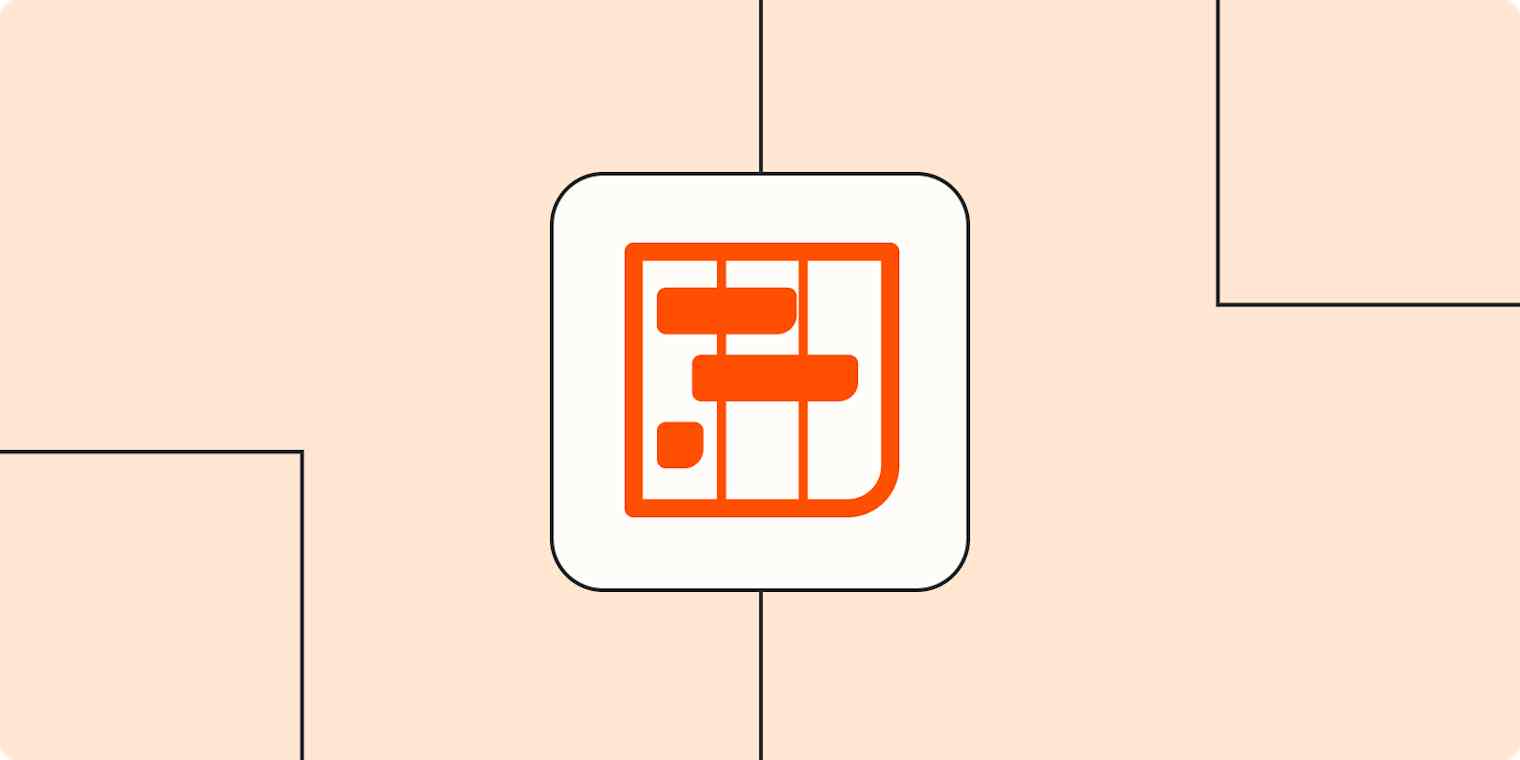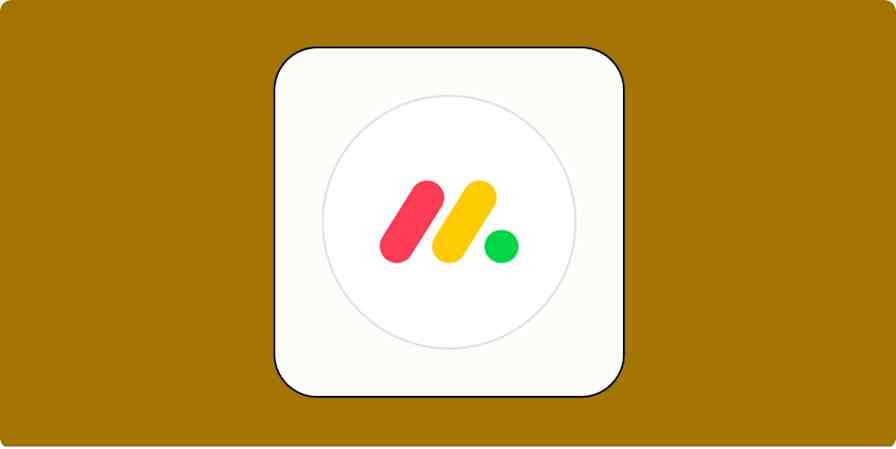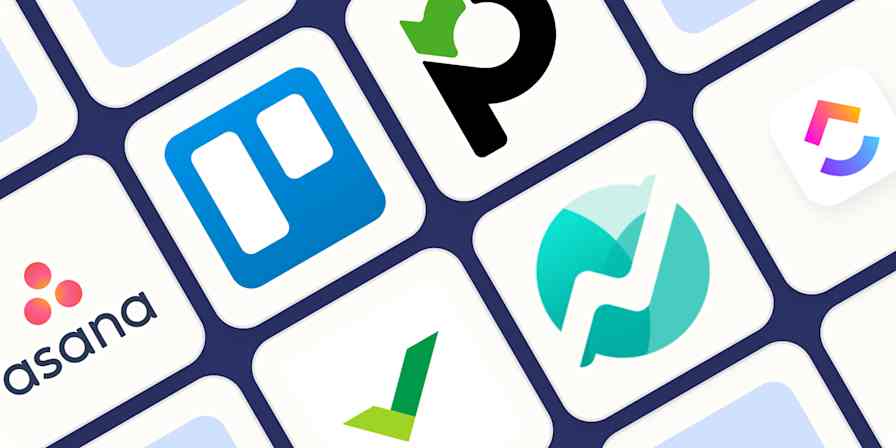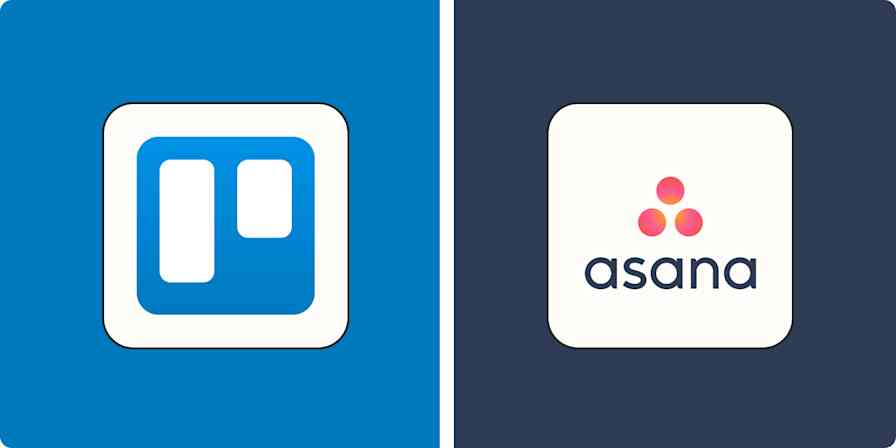Work breakdown structure (WBS) templates are basically a larger-scale visual representation of a to-do list. No, it's not revolutionary, and it isn't even a notably different take on project management, but if you're struggling to find a system that works, it could be what you need.
Here's a guide on how to create your own work breakdown structure, plus two templates to get you started.
Table of contents:
What is a work breakdown structure?
A work breakdown structure is a visual map that breaks a project down into smaller, more manageable steps. It's a hierarchical view of a project, usually in the form of a flowchart or Gantt chart. It also gives a clear picture of scope and dependencies.
You can create a WBS chart in just about any spreadsheet software, and most project management software can create one with even more features, like task dependencies or resource allocation.
There are two types of work breakdown structures:
Deliverable-based: This type organizes a project around deliverables that need to be achieved for a successful project—it's best for projects with distinct final deliverables.
Phase-based: This method is organized around phases that need to be completed to finish the project—it's best for clear, sequential workflows.

Work breakdown structure templates
If you don't have existing PM software to create WBS charts, here are some customizable templates to get you started. I'm a Google Sheets kind of a gal, but I've also included Excel versions for you Microsoft folks.
Standard WBS template
A flowchart is the standard WBS chart visualization. This works best for straightforward, sequential workflow management.
This template includes a flowchart plus a WBS dictionary to define components as needed. You can easily adjust this template to be deliverable- or phase-based, depending on your needs.
Simply fill in your main goal or deliverable, phases, tasks, and subtasks. If you need to lay out more detail, the WBS dictionary template is attached as a separate tab. Remove rows for any WBS code you don't need to define.
Note: For the Google Docs version of this template, the chart is a Google Drawing that you have to open separately and edit. Just click Linked drawing > Open source on the chart to edit it.

Gantt chart WBS template
WBS Gantt charts work well for projects with interconnected tasks, where identifying dependencies is necessary for execution. Just keep in mind that Gantt charts are more complicated, so if you're unfamiliar with them, be ready for a bit of a learning curve.
While the format isn't as simple as the flowchart version, you can include more details (like progress percentage and assigned leads) in one place. You can also get more granular on how many days you expect each phase, task, and subtask to take to complete.

How to create a work breakdown structure with a template
At the end of the day, this process isn't going to differ a whole lot from any other project management strategy. But where Agile, Scrum, and Kanban methodologies have their own terms and structures, a WBS is a pretty agnostic framework for visualizing project tasks.
What mainly defines a WBS are its levels:
Top level: Project goal or main deliverable
Level 1: Project phases or major deliverables
Level 2: Work packages (specific tasks)
Level 3: Subtasks (not always necessary)
Here's how to define those levels to create a WBS chart that makes unruly projects more manageable.
Note: For more complex projects, you need a WBS dictionary. This is a separate document specific to the WBS that gives more context on all the WBS elements, like scope, deliverables, and dependencies. It can help cut down the number of follow-ups you get from team members (no promises).
1. Define project scope and objectives
First, identify the main goal or deliverable you want to achieve. This is the top level of your WBS or the top center box in the template. I recommend writing this as a SMART goal in the WBS dictionary and summarizing it in the chart.
For example, document a SMART goal like, "Build a new company website by December 1 that increases website traffic by 20% and aligns with current branding," and simplify it on the WBS as "Build a new website."
This ensures everyone is aligned on the project's purpose. Note the overall budget and deadline at this point, either as a note below relevant components or detailed in the dictionary.
2. Break deliverables into smaller components
Then build out your Level 1 of the chart: the major deliverables or phases. Sticking with the website example, this might be "Design," "Development," "Content creation," and "Launch."
Your Level 1 phases should cover 100% of the project's scope. Include everything required to complete the main goal so you don't reach the finish line just to realize you're missing a key component.
You can fit a WBS into your company's existing PM structure; you just may have to adjust how you break down the phases:
Agile: Your phases will be less rigid and more subject to change as the project evolves.
Kanban: A WBS provides a clear breakdown of the tasks that flow through the Kanban board.
Scrum: A WBS can be particularly useful during sprint planning to help define tasks needed to complete user stories.
3. Develop work packages
Next is the decomposition process. This is where you break down each of the Level 1 elements into Level 2 components, or work packages.
These tasks are small enough to be assigned to team members with a clear objective, timeline, and budget (if needed). You may need to break these down into Level 3 subtasks to be the most effective. In our website example, you may assign "keyword research" as a subtask of SEO strategy or "define user roles" as a subtask of CMS integration.
Follow the 8/80 rule: the lowest level of work should fall between eight and 80 hours. If a package takes more than 80 hours or you can't estimate the time it will take to complete, it needs to be broken down further. Tasks that take less than eight hours can be grouped together.
Most WBS charts have three levels, adding more as a project gets more complex. But remember, the goal of a WBS is to make a project more manageable. If you find yourself in a high-maintenance web of tasks, you've gone too far.
4. Review and refine
Once you've finished outlining the WBS, loop in stakeholders to help identify potential gaps and provide any necessary feedback before kicking off the project. For instance, check in with assignees to see if the time allocated for tasks seems appropriate. It's better to find out early that the copywriting task will take 10 hours instead of one so you can adjust the timeline accordingly.
Automate project management with Zapier
Templates are a great place to start when trying out WBS charts—they can help you get a handle on a project by breaking it down into smaller, more manageable pieces. But eventually, you'll want to graduate to project management software that does this for you.
Once you do, you can automate project management with Zapier. Connect all the tools you use to manage (and complete) projects, and build a fully automated system to help your work move forward, faster.
Related reading:










